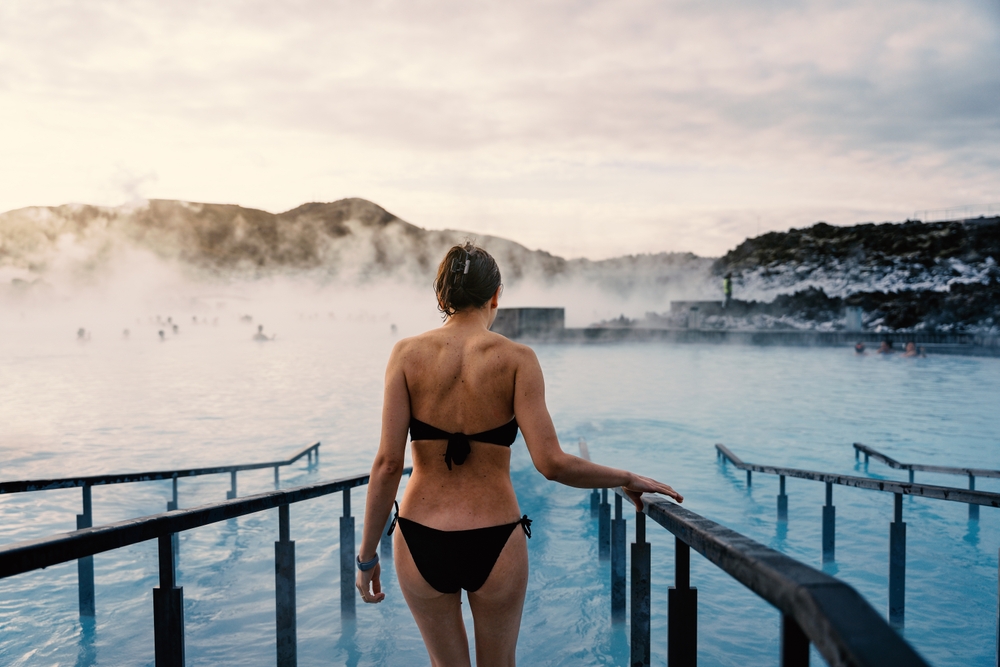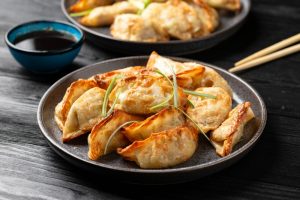From lunar landscapes that double as the moon and volcanic bread to more than 100 words for wind, Iceland’s people and places are truly unique
Iceland, known as the “Land of Fire and Ice,” is full of surprises – here you’ll find progressive politics, the world’s northernmost golf course (and capital city), and stunning scenery created by its unique geological position across two continents.
A unique and otherworldly destination like Iceland is within your reach. Embark on an incomparable journey to see, taste, or experience the things that make this country the way it is. Consider booking an affordable campervan in Iceland to get to its noteworthy spots with the freedom and convenience of traveling independently.
Read on for 11 interesting facts about this unique country.
Swimming lessons are mandatory
Bathing in thermal baths is an Icelandic tradition that dates back to the settlement period and continues to be a vital part of the local culture that utilises the naturally renewable geothermal waters. The famous Blue Lagoon opened over 30 years ago and today there are 11 spa facilities operating all around Iceland with four more under construction and 12 others in various stages of development. Geothermal pools are found in communities across the country – at last count there were 120 public pools, and swimming is even mandatory in schools. In fact, the geothermal bathing culture could soon be added to UNESCO’s list of Intangible Cultural Heritage.
Iceland doubled as the moon
Space tourism is now taking off with celebrity flights, but did you know that back in the 1960s, Iceland’s lunar landscapes doubled as the moon for Apollo astronauts? In 1965 and 1967, NASA sent groups of astronauts, including Neil Armstrong, to Iceland for geology field training because the rugged volcanic terrain resembled the moon’s surface, providing the perfect place to test out kit and prepare for the journey of a lifetime.
The ground is hot enough to bake bread
‘Hverabrauð’ or geothermal bread, is a traditional Icelandic rye bread that is slow baked underground using the heat of natural hot springs. The dough is placed in a pot, buried in the hot earth, and left to cook for up to 24 hours. The result is a dense, sweet loaf often served with salted butter or smoked trout for a taste of traditional Icelandic cuisine.
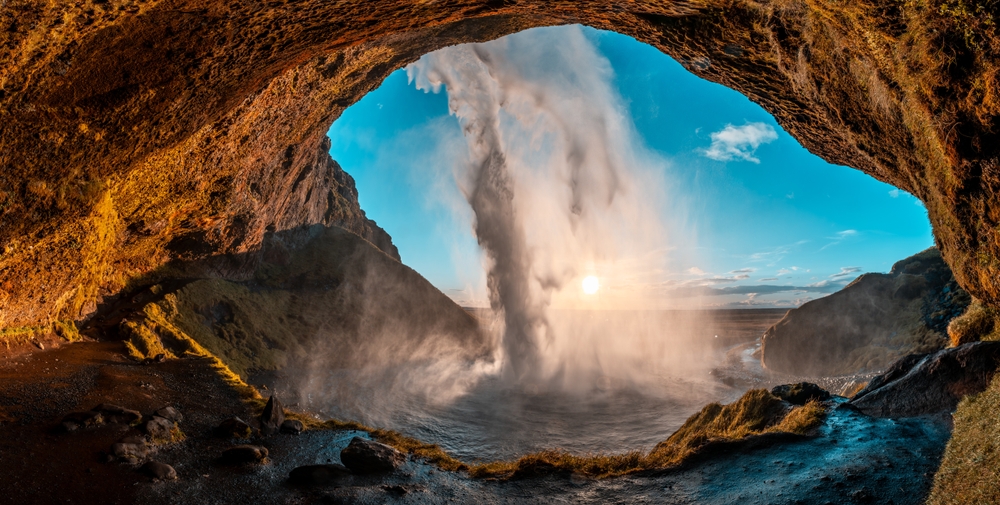
Visitors can see eight volcanoes on one drive
Known as ‘Eldfjallaleiðin’ in Icelandic, the Volcanic Way in South Iceland and the Reykjanes Peninsula is a 700km route featuring eight major volcanoes: Fagradalsfjall, Hengill, Hekla, Eyjafjallajökull, Eldfell, Katla, Lakagígar, and Öræfajökull. This scenic journey includes diverse landscapes such as lava fields, hot springs, black sand beaches, 17 towns and villages and sub-glacial volcanoes. Highlighting slow travel, it encourages visitors to fully experience the region’s geological wonders and local culture, promoting sustainability and environmental interaction.
The route consists mostly of paved lowland roads with a speed limit of 90 km/h. It is accessible year-round, and it’s recommended to take one day for each of the eight stages to fully appreciate the experience.
They have more than 100 words for wind in Icelandic
Given Iceland’s varied weather and climate, it’s no wonder that the Icelandic people have so many words for wind. With more than 100 words dedicated to different types of wind, Icelanders have finely tuned descriptions for everything from a gentle breeze ‘andvari’ to a powerful storm ‘hríð’.
It’s possible to dive between two continents
One of the most unique diving experiences in the world can be found in Iceland’s Silfra Fissure. Located in Þingvellir National Park in South Iceland, this underwater rift lies between the North American and Eurasian tectonic plates. Divers and snorkellers can literally swim between continents in the crystal-clear glacial waters, with visibility reaching over 100 metres. The dramatic rock formations and vibrant shades of blue make this a once-in-a-lifetime experience for adventure seekers.
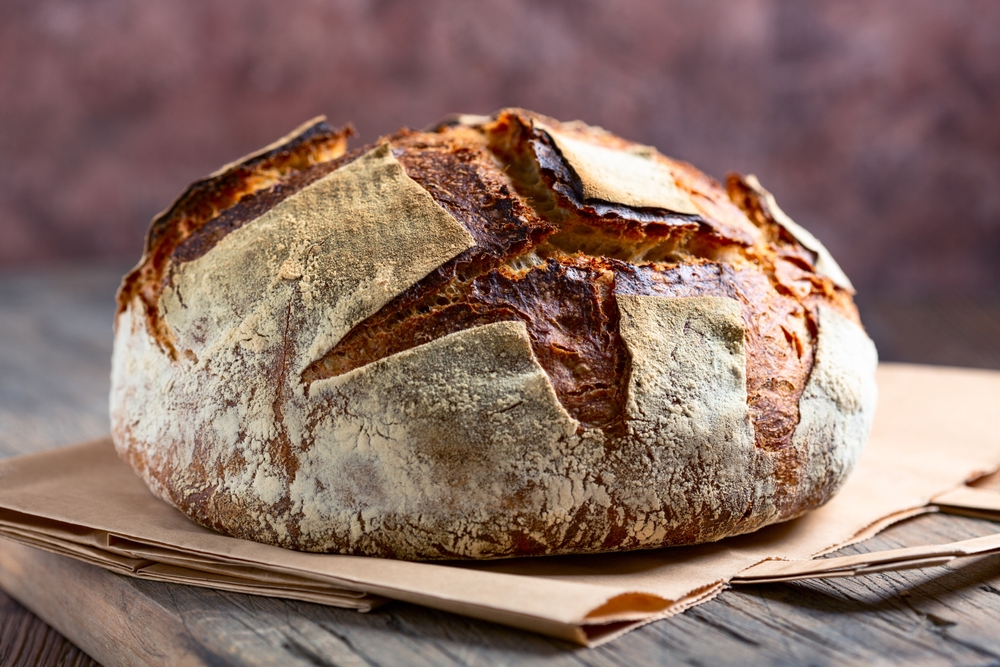
Iceland remains a top book-publishing nation
Iceland was leading the world per capita before the UK took the top spot and one of the top drivers of this phenomenon is Jólabókaflóð (or Christmas book flood), the tradition of buying and giving books for Christmas. The first and only Icelandic recipient of the Nobel Prize in any category, celebrated author Halldór Kiljan Laxness was awarded a Nobel Prize in Literature in 1995. Iceland Noir festival started as a celebration of crime fiction in 2013 but has evolved to showcase works of all genres. Highlights from the 2024 line-up include Anthony Horowitz, David Walliams, and Harlan Coben.
Iceland is home to the world’s largest Atlantic puffin colony
On the Westman Islands Vestmannaeyjar (an archipelago of 15 islands and 30 rock stacks off the South Coast of Iceland) lives the world’s largest Atlantic puffin colony. Each year between May and September, ten million puffins nest in Iceland, with many flocking to the Westman Islands. At the end of the season, the birds often get confused by the lights of the town as they try to make their way towards the sea, and it has become a tradition for children to rescue them and guide them towards the water. Puffins can be seen on tours of the Westman Islands, which also include outdoor activities, culinary adventures, and whale watching.
Drinking beer was illegal in Iceland for 74 years
Iceland banned beer in 1915 as part of a wider alcohol prohibition. While wine and spirits were later legalised, beer remained banned until 1st March 1989, which is now celebrated annually as Beer Day. The ban was due to concerns over heavy drinking as well as political tensions with Denmark, where most beer was imported from. Today, Iceland has a thriving craft beer scene, with breweries having opened all over the country and even a spa in the north, where visitors can bathe in beer at Bjórböðin Spa, which can be booked all year round and has access to some of Iceland’s most famous beers.
The Icelandic horse is the only horse breed in Iceland
Originally brought by Norse settlers between the 9th and 10th centuries, Icelandic horses have been isolated for more than 1,000 years. To uphold this exclusivity, Iceland has strict import laws: once an Icelandic horse leaves the country, it can’t come back, and it is not legal to import other horse breeds. The result is a breed with unique characteristics that has long been protected from equine diseases.
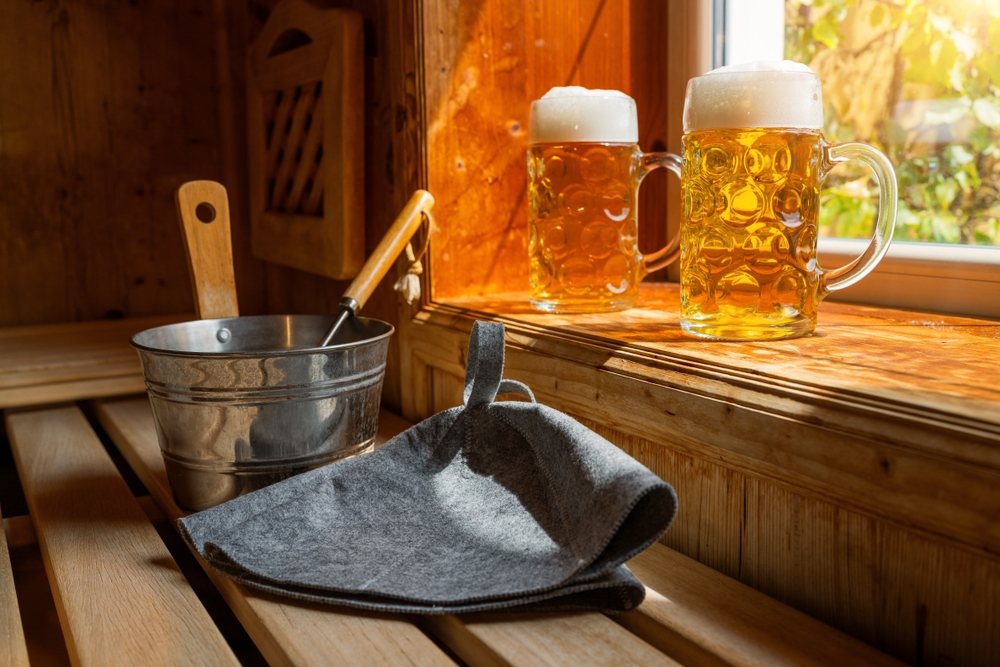
Iceland leads in gender equality
Iceland tops the World Economic Forum’s Global Gender Gap Index and has done for 15 years – currently Iceland’s President, Prime Minister, the Mayor of Reykjavík, and Iceland’s Bishop are all women. In October 1975, approximately 90% of Icelandic women participated in a nationwide strike, known as the “Women’s Day Off” when they stopped both paid employment and unpaid domestic duties to highlight their indispensable contributions to society and protest wage disparities and unfair employment practices. Vigdís Finnbogadóttir was elected president of Iceland in 1980, becoming the nation’s first female head of state and the first woman in the world to be elected president of a country. Jóhanna Sigurðardóttir also made history as Iceland’s first female Prime Minister and the world’s first openly gay head of government when she served as Prime Minister from 2009 to 2013.
About Visit Iceland:
Visit Iceland, the official destination marketing office, aims to attract travelers to Iceland. We work effectively on promoting and marketing to consumers in cooperation with the tourism industry under the umbrella brand of Inspired by Iceland. We are a platform for cooperation with effective network with domestic and foreign tour operators and other stakeholders in Icelandic tourism.

